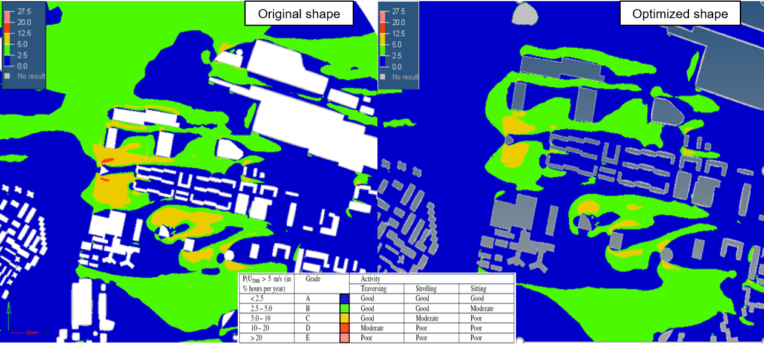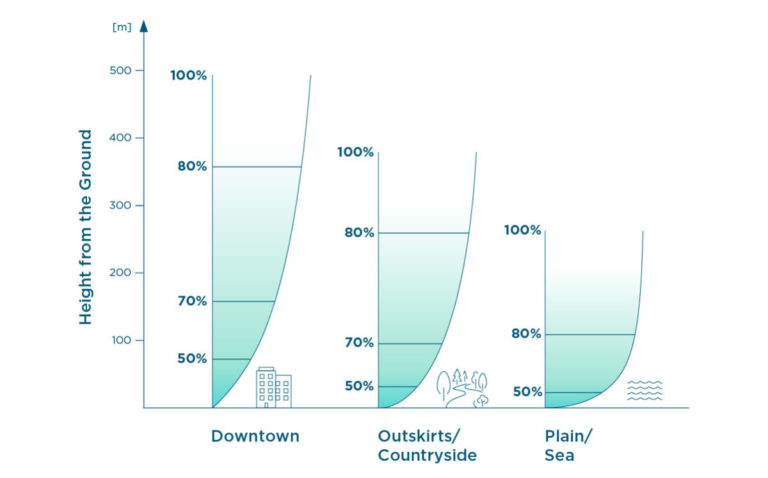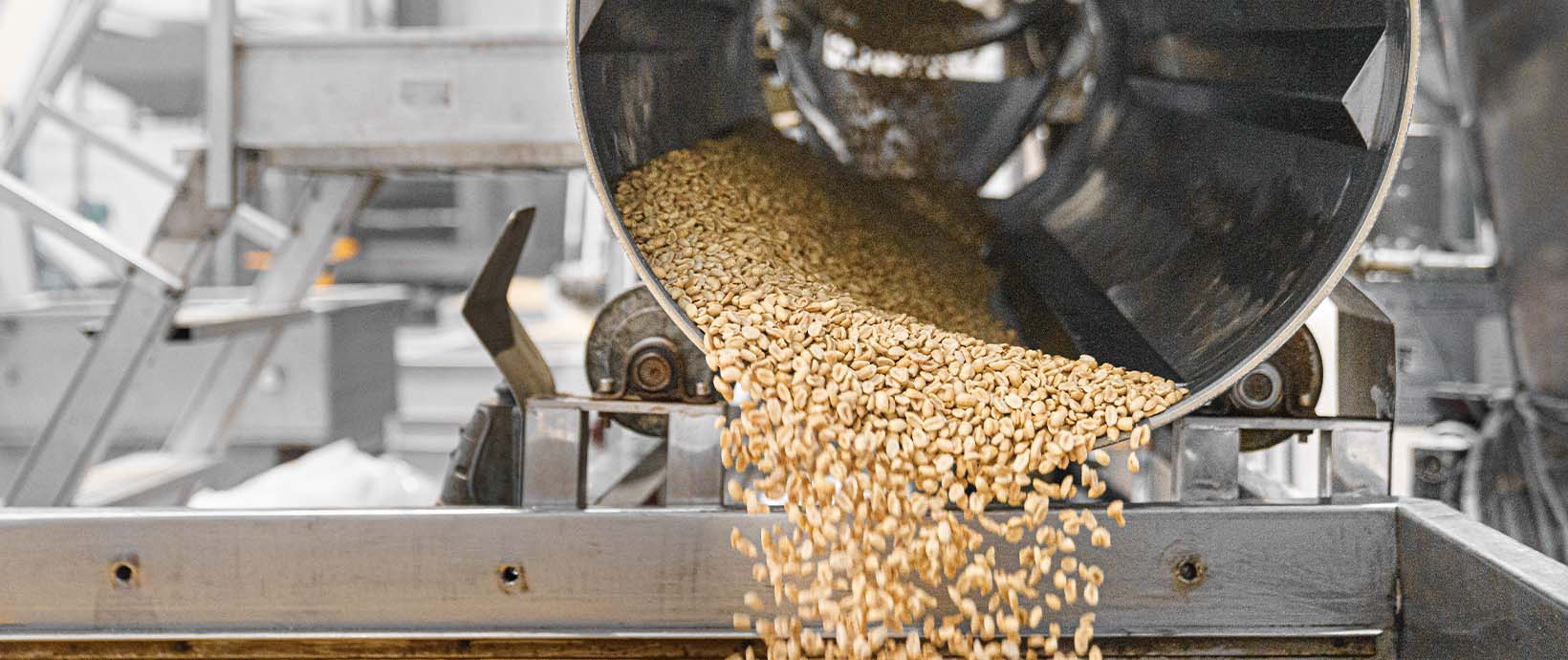Harnessing Virtual Wind to Influence Architectural Design
Modern-day architecture challenges traditional design approaches with its unique structures and sleek design. While innovation and aesthetics are now more important than ever within civil engineering, functionalism remains just as integral to the overall design of an urban structure. Designing a new building not only requires an understanding of how a structure will interact with its environment, but as well as the comfort of building users and nearby pedestrians. Everyday commuters may not even realize it, but the level of comfort they experience on their daily walk is usually due to detailed engineering of the buildings around them.
Daily weather conditions can disrupt building construction and even potentially pose discomfort to people near the structure due to its placement. To identify locations of strong winds on structures, construction teams typically can wait up to six months to conduct proper wind tunnel testing. This analysis not only disrupts the project time frame but can also pose major costs and expensive building modifications if design issues are discovered too late.
With the proper tools, design teams can rapidly simulate the effects of weather and wind conditions on concept-phase architecture using virtual wind tunnel testing. Altair’s leading computational fluid dynamics (CFD) and virtual wind tools allow design teams to verify building design early in the development process while also following through with creative structural design ideas. Users have complete access to all major CFD technologies enabling them to solve a wide range of fluids problems, regardless of industry or level of expertise.
Effects of Wind on Modern Structures
Depending on the shape or height of the structure, conducting proper studies on the effects of wind on a tower or nearby pedestrians is crucial to early-stage development. The types of studies necessary can range from establish average wind climate, to pressure testing on building facades. And the taller the tower, the more that pressure will change with height.
Engineers can generally accept that all buildings will generate a degree of turbulence when hit by the wind, but with simulation-driven design, multiple wind flow scenarios can be studied simultaneously to find design discrepancies where wind may generate acceleration
forces onto the building. Altair CFDTM enables the virtual prediction of ground floor wind conditions, ensuring
that the most optimal, smooth building shape can be produced to facilitate wind dissipation.

Pedestrian comfort map comparing building design results before and after optimization.
Physical tests require long lead times and are typically conducted in the later stages of design, often proving too far downstream and too costly to explore design alternatives or make substantive changes should CFD issues arise. Simulation offers greater freedom to drive design decisions with CFD insights, but computing power is still needed to conduct these high-fidelity simulations.
Graphics processing units, or GPUs are gaining popularity among companies looking to increase their CFD solver throughput and obtain design and performance insights faster. A single GPU offers the compute power of up to 100 CPUs, enabling scientists to solve problems that were once thought impossible. With GPUs and utilization of high end GPU-based Lattice Boltzmann methods, architects can cut down job time from weeks to days. All of Altair CFD’s solvers are optimized for use on clusters of GPUs, making them extremely fast and scalable.
For organizations looking for high-performance computing resources, Altair’s turnkey, state-of-the-art on-premises and cloud-based appliances box up software, system administration, and infrastructure as a service, delivering unlimited use of a wide range of Altair software. They require little setup or administrative effort, and each appliance is customizable, ranging from starter nodes for small businesses to large-scale, enterprise-level options.
How to Improve Design with Virtual Wind Testing
Computational fluid dynamics (CFD) modeling allows engineers and architects to analyze both small structure components, as well as fully conceptualized building designs.
Everything from atmospheric conditions to degree of terrain roughness can be studied with simulation and virtual wind testing. Understanding how architecture will interact with the environment requires a major look into factors such as distance to open water, level of vegetation or trees in the area, and how urban or rural the city is. Assigning aerodynamic values to these different categories of terrain lets wind engineers visually and numerically study various wind profiles.
Using high-fidelity modeling, building geometries can be optimized with CFD technology to achieve pedestrian comfort objectives around structures while also reducing wind-induced velocities.

Studying both the structure and the environmental characteristics of its surroundings enables engineers to understand terrain effects on concept-phase architecture.
Leverage CFD for Structural Optimization

In Madrid, the commercial areas of the city house some of the tallest buildings in Spain. The Quinta Torre, a building that is now the fifth tallest in Madrid, was designed using Altair CFD technology and detailed wind flow studies with a high-fidelity mesh model. Since the building was created to offer office and shopping space, designers knew that virtual wind tunnel testing was necessary in order to guarantee pedestrian comfort. By identifying which areas on the ground floor had the strongest winds, architects were able to proactively counteract design flaws early during the tower design.
Altair for Civil Engineering
Super-tall buildings, façades systems, façade manufacturing, free form structures and protective designs - The challenges of designing and building the world’s most daring and innovative structures can be solved using Altair technology to create beautiful, functional and lasting designs. Civil engineers gain insight throughout the development process to rapidly evolve designs, control costs and ensure structures are safe and feasible. Architectural teams can unleash their creativity and see their concepts validated quicker and with fewer design iterations, while structural teams enhance their design process with automatic optimization workflows to achieve maximal performance. Simulation tools help model and accurately predict the unique behavior of advanced composite materials and optimize their shape and manufacturability to meet performance and cost criteria.
For more information, visit: altair.com/civil-engineering/.





